1: Air conditioner
The mechanical system responsible for cooling air. It has two components connected by refrigeration lines; a compressor with coils outside of the home and cooling coils mounted in line with the furnace, typically, in the attic.
2: Circuit breakers or disconnects
These safety devices are responsible for interrupting the flow of electricity to your HVAC equipment if a problem occurs. You can find an electrical disconnect next to the air conditioner outside of your home and circuit breakers for your furnace and air conditioner are located in the main electrical panel for the home. Neither of these should need to be interacted with under normal circumstances. If a circuit breaker does trip, it should be turned completely off and then back on again. If this happens often it may indicate a problem with the system. The electrical disconnect located in a box near the outdoor air conditioner compressor should only be used when the unit is being serviced or in the event of an electrical emergency.
3: Condensate line(s)
This is typically a plastic pipe that exits the home and provides a drain for water that collects on the cooling coils during air conditioning. There are normally two condensate lines, one (primary) down low which may have water running out of it during air conditioning, and one (secondary) higher up, usually above a window to make it more visible. The primary line may be connected to the waste line to the sewer and not visible. The secondary line above the window should not have water running out of it unless there is an issue with the primary line.
4: Duct work
This is flexible or rigid passageways for air to move through as it travels to or from the living space to the furnace. Ductwork can be found in the attic, in between floors, and inside wall spaces.
5: Filter
The filter plays the critical role of keeping dust and debris out of the furnace and from being circulated around the living space. It should be changed every three to six months.
6: Fresh air intake
Some newer homes are equipped with a small air inlet that allows fresh air to be pulled from outside of the home and mixed with air moving to the living space. This helps improve indoor air quality and can usually be found inside of the main return and has its own air filter that needs regular maintenance.
7: Furnace
The mechanical system responsible for heating and circulating air in the home. It is typically located in the attic or a closet and requires electrical power and natural gas to burn for heat. Exhaust fumes are vented through the roof.
8: Return
The location at which air is pulled into the furnace from the living space. This is usually covered by a grill mounted in a common area and can be in the ceiling or low on a wall. This is the location for the main air filter and often times the optional fresh air intake.
9: Register
This is usually a ceiling or floor mounted grate that covers the duct work where conditioned air enters the living space after passing through the furnace. Each room usually has one or more registers, however smaller rooms may not have them. These often have louvers that can be adjusted to vary the air flow seasonally through the register.
10: Thermostat
This is the interface between the user and the HVAC system. It senses temperature, and occupancy in some models. The system can be turned on, turned off, and programmed from it. There is one thermostat per zone and they are usually wall mounted in common areas or master bedrooms.
